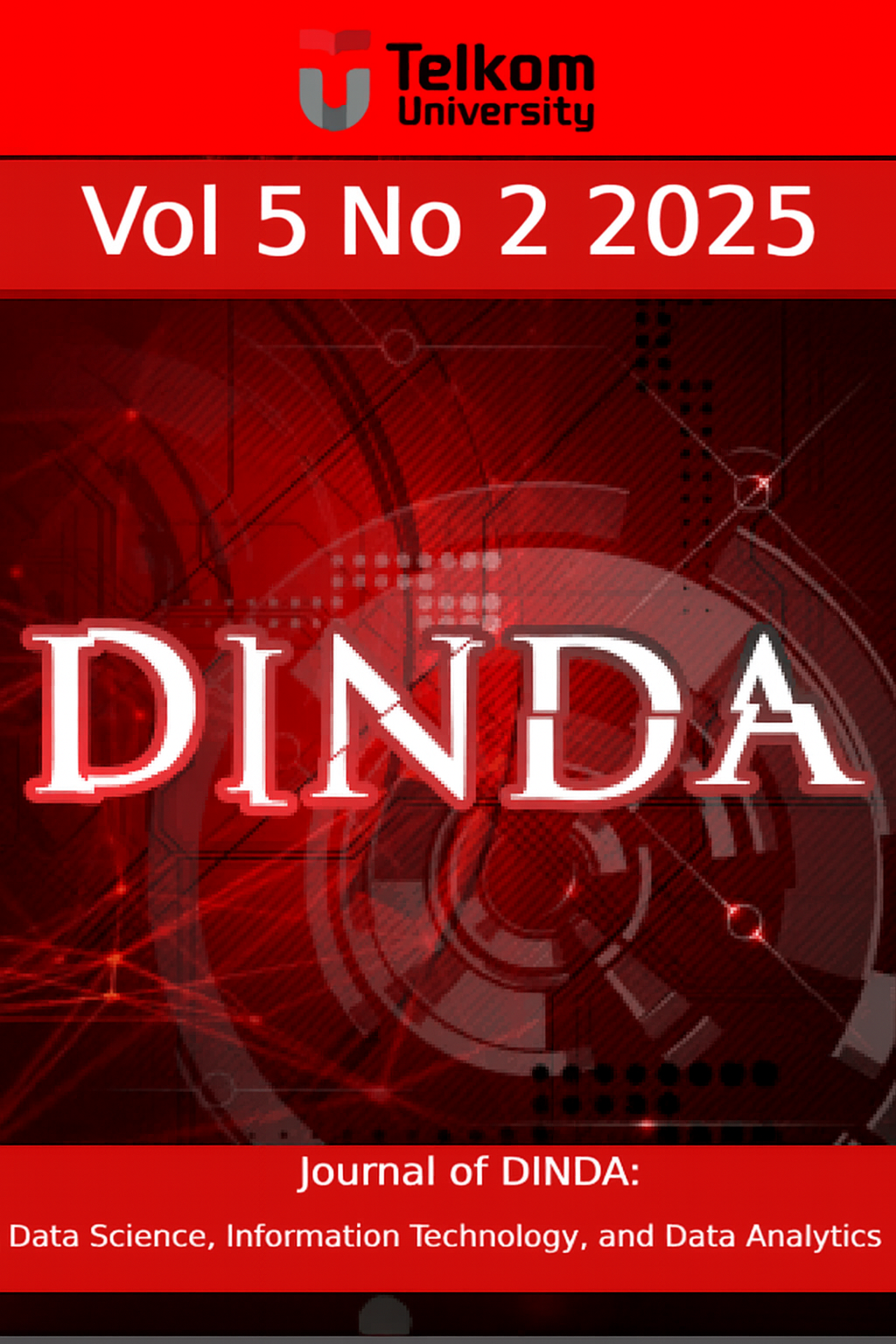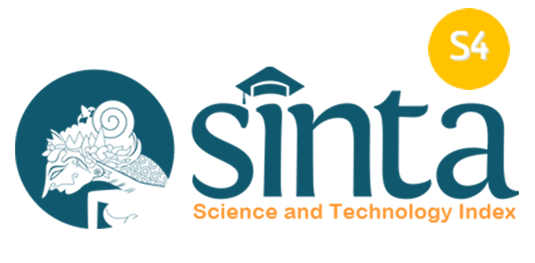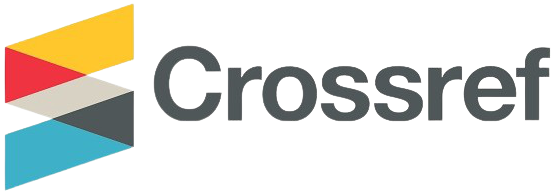Enhancing Prediction Accuracy of the Happiness Index Using Multi-Estimator Stacking Regressor and Web Application Integration
Abstract
This study proposes a novel approach to enhance the prediction accuracy of the Happiness Index using a multi-estimator stacking regressor model and web application integration. By combining diverse regression models, such as decision tree, random forest, gradient boosting, LGBM, and support vector regressor (SVR), the proposed ensemble architecture achieved superior predictive performance with an score of 0.9814. A custom Happiness Score was formulated using weighted indicators derived from Pearson’s correlation analysis. Furthermore, SHapley Additive exPlanations (SHAP) were used to interpret model predictions, revealing the Human Development Index, Female Labour Force Rate, and Life Expectancy as key contributing features. The final model was deployed via a Python Flask-based web dashboard, enabling stakeholders to visualize happiness metrics interactively. The results suggest that stacking-based regression, when combined with interpretability techniques and real-time deployment, can offer a powerful solution for socioeconomic modeling and supporting urban policy.













